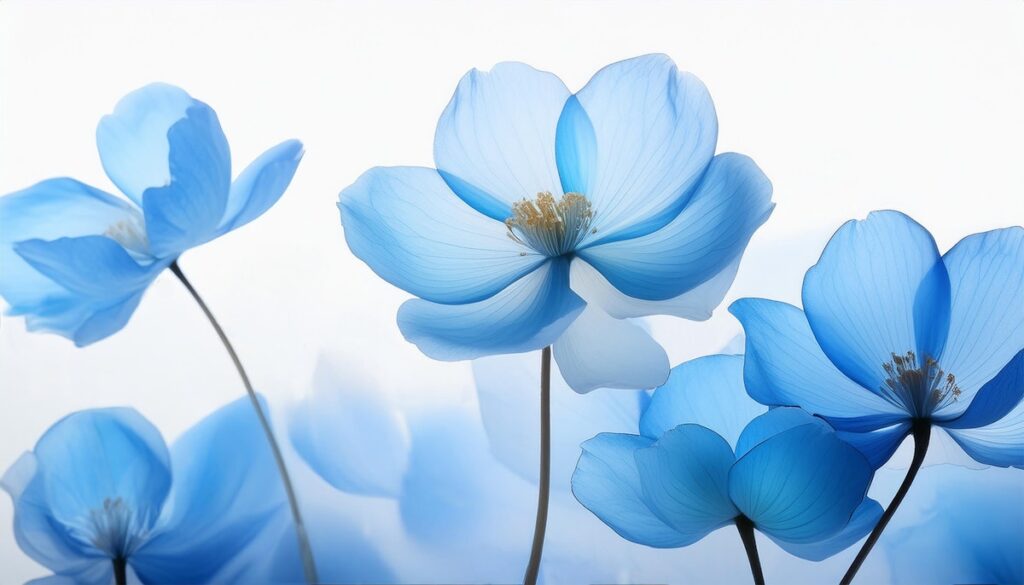Introduction to Acrylic Flowers
Acrylic flowers are one of the most captivating and in-demand techniques in the nail industry. They add a level of artistry and sophistication that transforms an ordinary set into a breathtaking masterpiece. In today’s competitive beauty market, distinguishing yourself through unique nail arts such as acrylic flowers is crucial.
Why Choose Acrylic Flowers?
As a nail artist with years of experience crafting 3D floral designs, I can confidently say that mastering this technique will elevate your skill set and expand your service menu. Acrylic flowers provide a unique, eye-catching effect that enhances any nail design, making them a popular choice among clients. For nail technicians, this intricate technique offers opportunities to showcase precision, creativity, and craftsmanship—setting you apart in a crowded industry.
Essential Tools and Materials
To get started with acrylic flowers, you’ll need a few essential tools:
- Acrylic powder and liquid
- Nail brushes of varying sizes
- Dotting tools
- Cuticle pusher
- Nail forms or tips
- Practice nails (tips are recommended for beginners)
Fundamental Steps to Create Acrylic Flowers
Step 1: Prepare Your Workspace
Before starting, ensure your workspace is clean and organized. This will help you focus and allow for a smoother application process.
Step 2: Prep the Nails
Just like any nail design, preparation is key. Clean the nails and remove any old polish. Ensure that the natural nail surface is lightly buffed to create a good base for the acrylic.
Step 3: Create the Base Layer
Apply a thin layer of acrylic over the entire nail to serve as a base. This layer should be smooth and even, allowing the flower designs to stand out. Allow it to dry fully before moving to the next step.
Step 4: Sculpting the Flowers
Now comes the fun part—sculpting the flowers! Follow these pro tips for best results:
- Tap your brush lightly against a paper towel to remove excess liquid before picking up the bead. This ensures your acrylic is not too wet, making it easier to work with.
- Varying petal size creates a more realistic effect. Use smaller beads for inner petals and larger ones for outer petals for a natural look.
- Rotate the nail as you sculpt to ensure balance and symmetry in your flower design.
Step 5: Adding Details
After the main petals are in place, use a detail brush to add finer elements to your flowers. Swirls, dots, and other embellishments can be added at this stage to enhance the overall appearance. Remember, the details make a difference!
Finishing Touches
Once you’re satisfied with your flower design, it’s time to finish. Apply a top coat to seal everything in and add a beautiful shine. This is crucial, as it not only enhances the aesthetic but also protects your artwork.
Troubleshooting Common Issues
It’s normal to face challenges, especially when starting with acrylic flowers. Here are some common issues and quick fixes:
- If your petals are too thick, use a brush to thin them out immediately while the acrylic is still wet.
- If the shape isn’t what you envisioned, you can always reshape while the acrylic is still malleable.
- For uneven designs, don’t hesitate to practice multiple times. Perfecting your technique takes time and patience.
Conclusion
Mastering acrylic flowers can seem daunting at first, but with practice and the right techniques, you can create stunning nail art that will wow your clients. Remember to stay patient and enjoy the process of learning. Your creativity and skills will elevate your work, giving you a unique edge in the nail industry. Happy painting!

